To truly enjoy fresh coffee beans, knowing how to store them correctly is essential. The flavor of coffee is heavily influenced by the freshness of the beans, making proper storage crucial. In this article, we’ll explore the significance of storing green coffee beans from a scientific perspective, along with practical management techniques.
By understanding how the deterioration of coffee beans affects flavor, you’ll gain valuable insights for enjoying a better cup of coffee. We’ll also discuss different storage methods based on bean varieties and important considerations for home storage, so be sure to read until the end.
For all coffee lovers, acquiring the knowledge to keep your precious beans fresh will undoubtedly lead to a more satisfying coffee experience.
- Discover why proper storage of green coffee beans is necessary.
- Learn about optimal storage methods and key management points.
- Explore the differences in storage based on bean varieties.
Why Proper Storage of Green Coffee Beans Matters
To truly enjoy fresh green coffee beans, proper storage is essential. The flavor and aroma of coffee are significantly influenced by the freshness of the beans. Therefore, understanding and implementing effective storage methods is crucial. In this section, we will explore why storing green coffee beans is important and delve into the scientific reasons behind it.
Additionally, let’s consider the impacts of bean degradation. It’s not just the decline in flavor and aroma; the very taste of the coffee can change dramatically. By grasping these factors, you’ll discover ways to enhance your coffee experience.
The Science of Preserving Flavor
There are several scientific reasons behind the need for proper storage of green coffee beans to maintain their flavor. After roasting, chemical reactions take place that alter the characteristics of the beans. This makes it vital to keep the beans in a fresh state. If the storage conditions are inadequate, oxidation and moisture can compromise their flavor.
Moreover, if temperature and humidity are not carefully regulated, the compounds that contribute to the beans’ flavor can be lost. As a result, coffee may taste flat or, conversely, have an overpowering bitterness. To prolong the life of your beans, it’s essential to understand and apply these scientific principles.
- Coffee beans change in flavor after roasting
- Storage conditions can affect flavor degradation
- Managing temperature and humidity is crucial
Degradation of Beans and Its Impact
The primary causes of degradation in green coffee beans include oxidation, moisture, light, and temperature fluctuations. These factors can lead to a loss of the beans’ flavor and aroma. Oxidation, in particular, is a significant contributor to changes in coffee’s taste.
When beans degrade, it directly affects the taste of the coffee. For instance, as oxidation progresses, bitterness and astringency may become more pronounced. Furthermore, the loss of aroma diminishes the enjoyment of brewing coffee. For these reasons, proper storage of green coffee beans is incredibly important.
- Causes of degradation include oxidation, moisture, light, and temperature changes
- Oxidation is a major factor in flavor alteration
- Degradation compromises the taste of the coffee
The Best Ways to Store Green Coffee Beans
Keeping your green coffee beans fresh requires knowing the right storage methods. In this section, we’ll dive into how to manage temperature and humidity, as well as how to choose the right containers. These elements are crucial for maintaining the freshness of your beans, so be sure to take note!
By creating the right storage environment, you can maximize the flavor of your coffee. When you store your beans correctly, you’ll be able to enjoy delicious coffee for a long time.
Managing Temperature and Humidity
When it comes to storing green coffee beans, temperature and humidity are key factors. Ideally, you want to keep the storage temperature within room temperature, maintaining it as consistently as possible. Extreme temperature fluctuations can stress the beans and compromise their flavor.
Humidity also plays a significant role. In high-humidity environments, beans can absorb moisture, increasing the risk of mold growth. Conversely, if it’s too dry, the beans can lose their flavor due to excessive dryness. The ideal humidity level is around 60%, so it’s important to maintain the right environment.
- Keep storage temperature consistent at room temperature
- Extreme temperature changes can stress the beans
- Aim for a humidity level of about 60%
Choosing the Right Container
Selecting the right container for storing your green coffee beans is also a crucial point. Opt for an airtight container to block out moisture and air from the outside, helping to preserve the beans’ freshness. It’s equally important to choose an opaque container to shield the beans from light. Direct sunlight can accelerate the deterioration of the beans, so it’s best to avoid it.
Container size is another factor to consider. A container that’s too large increases the surface area where the beans come into contact with air, which can lead to faster degradation. It’s advisable to use a suitably sized container and store only the amount of beans you need.
- Choosing an airtight container is essential
- Use an opaque container to block out light
- Select an appropriately sized container
How Different Types of Coffee Beans Affect Storage
Coffee beans come in a variety of types, each with its own unique characteristics. Notably, the distinction between single-origin and blended coffees, as well as the impact of roast levels, plays a significant role in how they should be stored. In this section, we will explore the differences in storage methods according to these bean types. By understanding their specific traits, you’ll be better equipped to choose effective storage solutions.
It’s essential to recognize that the optimal storage conditions and considerations vary based on the type of coffee bean. Particularly, focusing on how to preserve flavor can greatly enhance your coffee-drinking experience.
Single-Origin vs. Blends
Single-origin coffee is made using beans sourced from a specific region or farm. Because of their distinct flavor profiles, the storage environment for these beans is especially critical. To maintain freshness, it’s important to keep a close eye on humidity and temperature. Additionally, it’s advisable to consume them relatively quickly after opening.
On the other hand, blends are created by combining beans from different sources. While blends tend to have a more stable flavor compared to single-origin coffees, they still require proper storage. Blended beans are also susceptible to humidity and temperature changes, so attention is necessary.
- Single-origin coffee has unique flavors, making the storage environment crucial.
- It’s recommended to consume single-origin beans soon after opening.
- Blends offer more stable flavors but still need appropriate storage.
The Impact of Roast Level
Roast level also influences how coffee beans should be stored. Lightly roasted beans have very delicate aromas and flavors, making them prone to rapid flavor changes due to oxidation. Therefore, they require careful storage. Ideally, they should be kept in a cool, dark place, and consuming them soon after opening is important.
In contrast, dark roasted beans have a robust flavor and are relatively resistant to oxidation. However, they contain more oils, which makes them vulnerable to moisture and light. For this reason, storing them in an airtight container and keeping them out of direct sunlight is recommended.
- Light roasts have delicate flavors and can change quickly due to oxidation.
- Dark roasts are more resistant to oxidation but need protection from moisture and light.
- It’s advisable to store both roast types in airtight containers.
Tips for Storing Coffee Beans at Home
When it comes to storing coffee beans at home, there are several key points to keep in mind. Understanding how to handle them after opening and the best practices for long-term storage is particularly important. By storing the beans correctly, you can maximize their flavor and aroma. In this section, we’ll explore specific tips and tricks to help you get the most out of your coffee.
By implementing proper storage methods, you can prevent the degradation of coffee beans and enjoy a more delicious cup. So let’s dive into the essentials of home storage to enhance your coffee experience.
Handling Coffee Beans After Opening
Once you’ve opened a bag of coffee beans, you need to be especially careful. Exposure to air can lead to oxidation, which diminishes flavor. Therefore, it’s best to use the beans as quickly as possible after opening. This is especially true for single-origin beans, where freshness is crucial, so make it a habit to consume them sooner rather than later.
Additionally, transferring the opened beans to an airtight container is essential. This protects them from moisture, light, and air, helping to maintain their flavor. Storing them in a cool, dark place also helps minimize the impact of temperature fluctuations.
- Use the beans as soon as possible after opening
- Transfer to an airtight container for storage
- Store in a cool, dark place to preserve flavor
Tips for Long-Term Storage
If you want to keep your coffee beans for an extended period, there are some strategies you can employ. First, consider using vacuum-sealed bags or freezer bags to block out air and prevent deterioration. When storing for longer durations, keeping them in the refrigerator or freezer can also be a good option.
However, if you choose to store them in the refrigerator, be careful to prevent the beans from absorbing moisture. When taking beans out of the freezer, let them come to room temperature before using them. Rapid temperature changes can stress the beans.
For those looking to deepen their knowledge about storing coffee beans, understanding how to choose them at the time of purchase is also important. This article provides a comprehensive guide to the essential rules you should keep in mind when buying coffee beans, so be sure to check out this article titled “Essential Tips for Buying Coffee Beans” for more insights.
- Use vacuum-sealed bags or freezer bags
- Consider storage in the refrigerator or freezer
- Let beans come to room temperature before using after freezing
Summary
Reflecting on what we’ve learned about storing green coffee beans, it’s clear that maintaining freshness requires the right environment. There are several key factors to consider, such as managing temperature and humidity, choosing the right containers, and understanding how different types of beans and roast levels affect storage methods. By keeping these details in mind, you can truly elevate your coffee experience.
Additionally, when it comes to storing coffee at home, how you handle the beans after opening the package and finding ways to store them for an extended period becomes crucial. By implementing these tips, you can prevent your coffee beans from deteriorating and enjoy fresh coffee for longer.
- It’s important to store green coffee beans by managing temperature and humidity.
- After opening, transfer beans to an airtight container and consume them sooner rather than later.
- Understanding storage methods based on bean type and roast level is essential.
We encourage you to take these points into consideration to enrich your coffee life. If you have any comments or questions about the article, feel free to let us know!















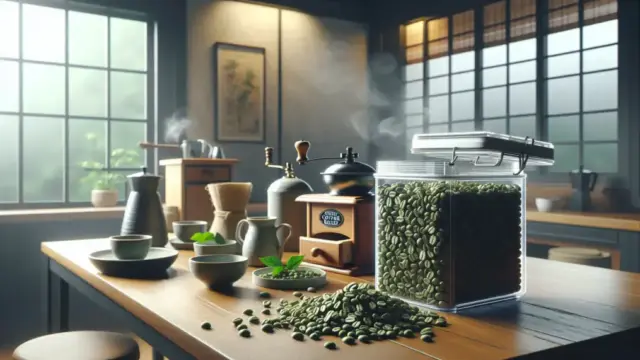
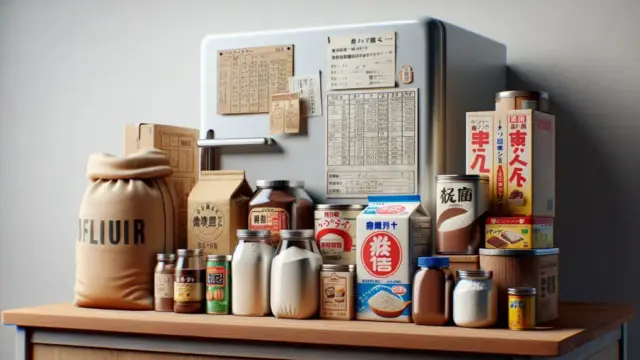









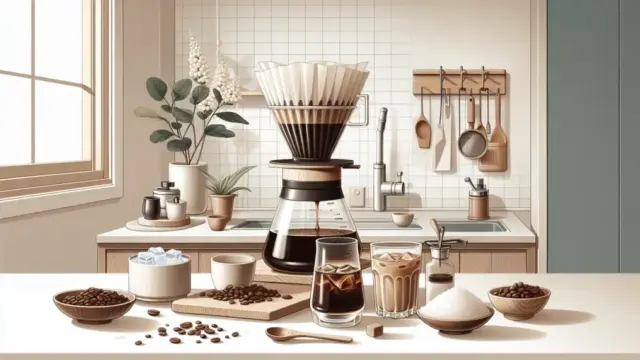







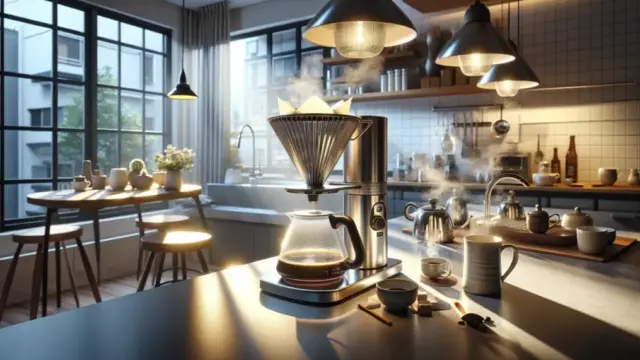


















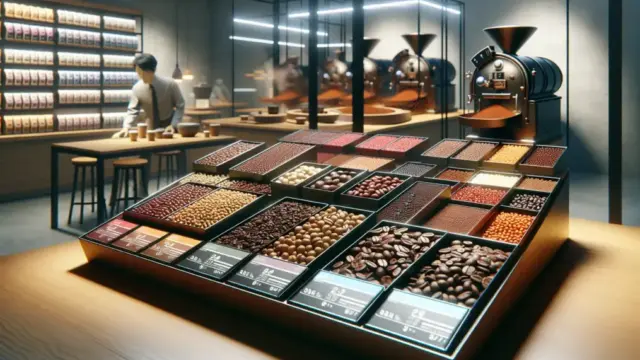





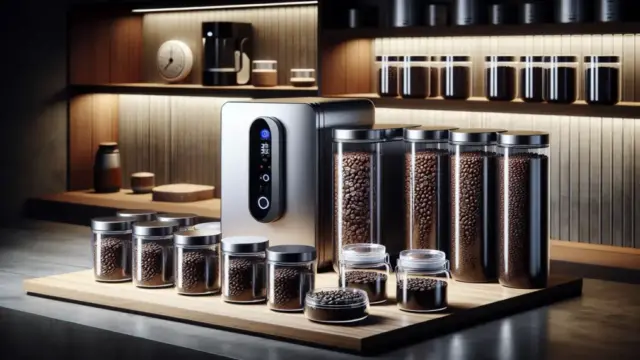

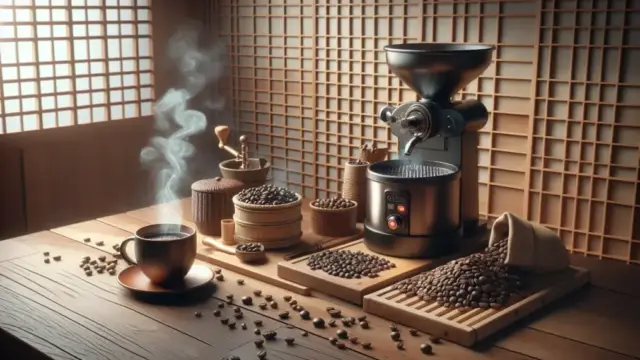





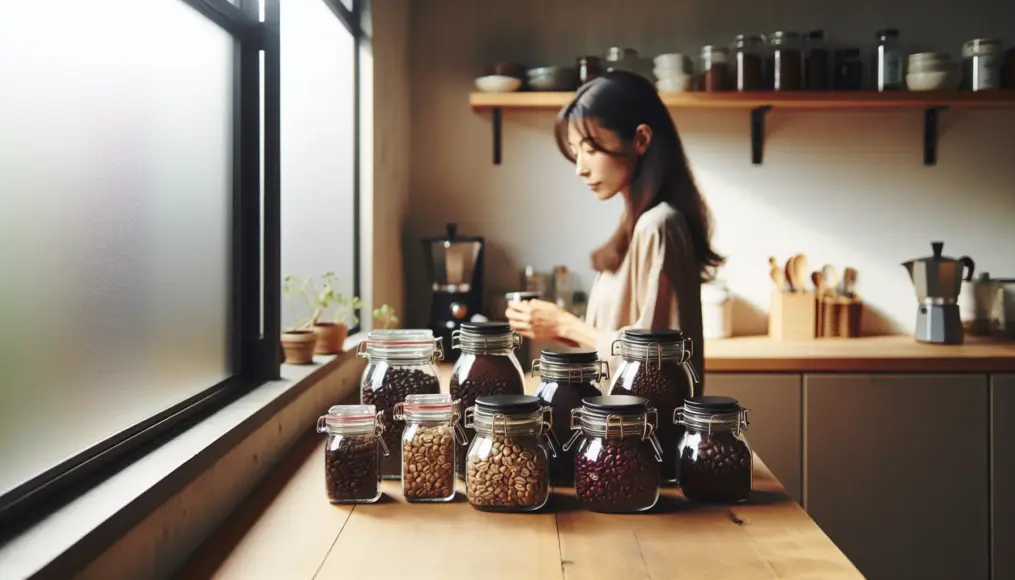

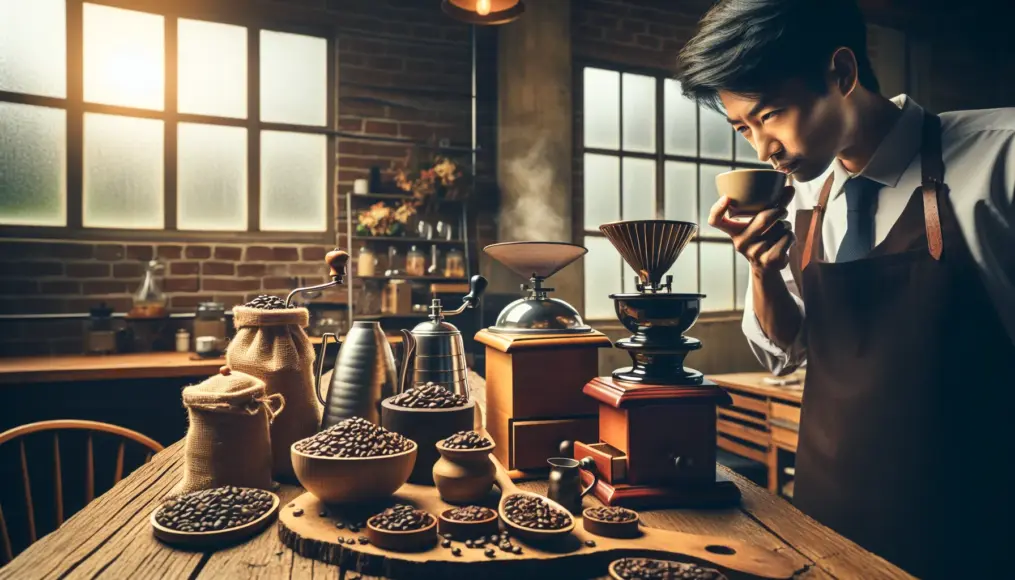
Comment